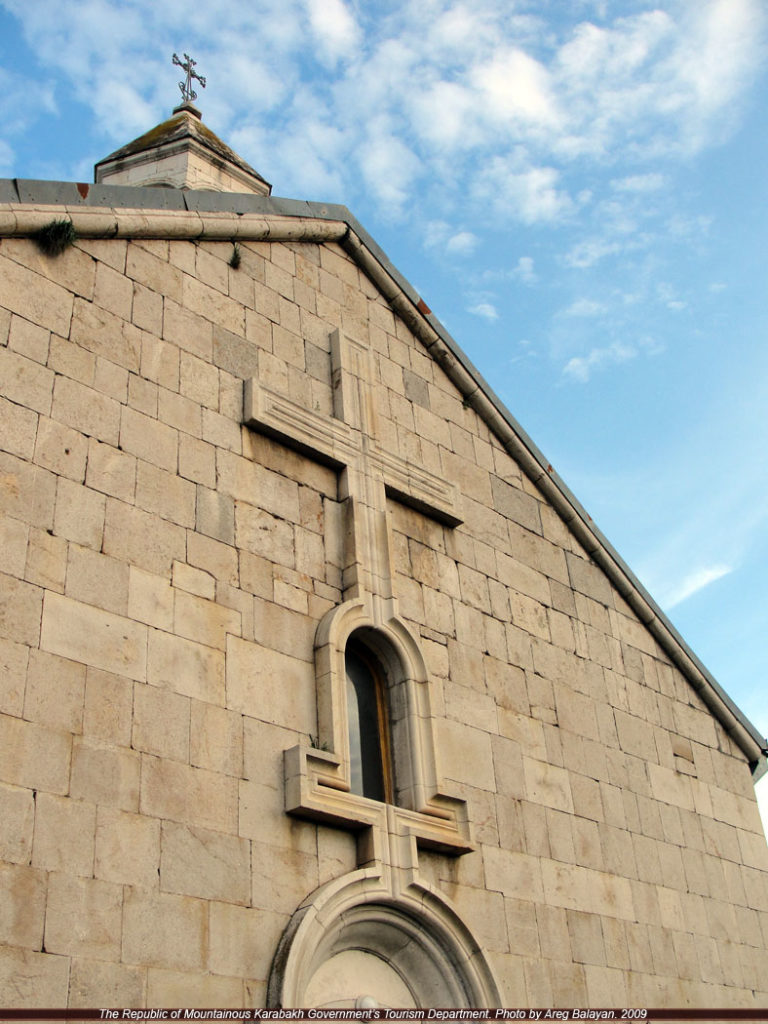
This is an example of a WordPress post, you could edit this to put information about yourself or your site so readers know where you are coming from. You can create as many posts as you like in order to share with your readers what is on your mind. This is an example of a WordPress post, you could edit this to put information about yourself or your site so readers know where you are coming from. You can create as many posts as you like in order to share with your readers what is on your mind.
This is an example of a WordPress post, you could edit this to put information about yourself or your site so readers know where you are coming from.
William Sheakspire
Artsakh | Nagorno Karabakh: Core Facts
The land of Artsakh, still better known to journalists and policymakers as “Nagorno Karabakh,” is a historical Armenian-peopled province in the Caucasus region, with an ancient tradition of uninterrupted institutional self-governance and factual sovereignty that spans over 15 centuries of recorded history.
Artsakh’s mountainous and heavily forested terrain offers landscapes of rare natural beauty and is home to ancient monuments of considerable historical significance. Especially important are Artsakh’s ecclesiastical ensembles associated with the Kingdom of Armenia’s transformation into the world’s first Christian state in the year 301 AD.
Most of the region is located within the borders of the Republic of Artsakh, a de-facto independent state proclaimed originally under the name of Nagorno Karabakh Republic, three months before the disintegration of the Soviet Union in 1991.
In the beginning of the 1920s, Artsakh was arbitrarily placed by the Bolshevik dictator Joseph Stalin under the tutelage of the newly created and Muslim-controlled Azerbaijani Soviet Socialist Republic. The Armenian Christian majority of the region protested about this decision since it preferred to be part of Armenia instead. From 1921 to 1991, the region existed as the USSR’s Nagorno-Karabakh Autonomous Region (NKAR), giving birth to the journalistic cliché “Nagorno-Karabakh.” In 1988, a popular movement, involving NKAR and Armenia, renewed a campaign to petition Moscow to transfer NKAR from Azerbaijan to Armenia. Azerbaijan’s responded to the peaceful protests by resurrecting its tradition of anti-Armenian violence that goes back to the 1905 pogroms in Baku. Azerbaijan tried to recapture Artsakh in a war that lasted from 1991 to 1994, but Artsakh, supported by Armenia, defeated Azerbaijan, and the three parties to the conflict agreed to a ceasefire that lasted without peacekeepers for 26 years.
On September 27, 2020, Azerbaijan, a hereditary oil dictatorship – supported by Turkey and Turkish-paid jihadi mercenaries from Syria – launched a large-scale offensive against the Republic of Artsakh. The 2020 offensive opened a new chapter in the history of regional warfare and involved unmatched suffering of the civilian population and heavy losses suffered by armed forces of all parties to the conflict.
